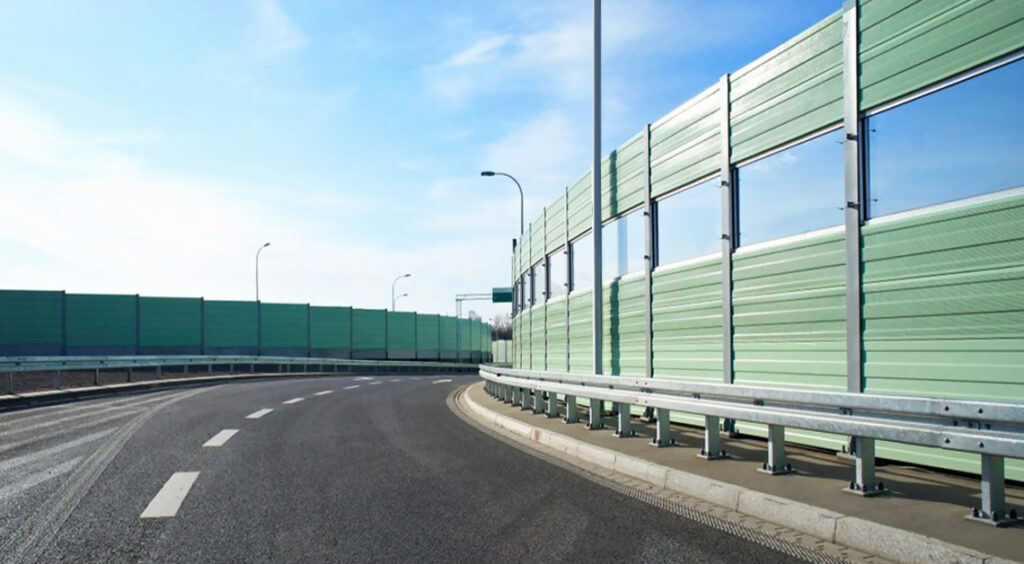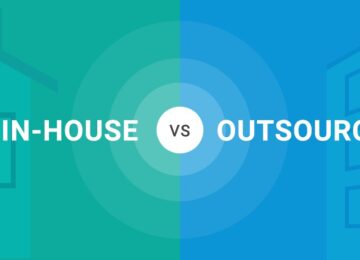Noise pollution is a growing concern in both residential and urban areas. Whether you’re a homeowner looking to create a peaceful retreat, an urban planner aiming to reduce noise levels in a bustling city, or an environmental enthusiast interested in sustainable solutions, choosing the right noise barrier material is important.
1. Concrete Barriers
Concrete barriers are a common choice for noise reduction due to their effectiveness and durability. However, they come with both advantages and disadvantages.
Pros:
- High Effectiveness: Concrete barriers are highly effective at blocking noise, making them a go-to option for busy highways and industrial areas.
- Durability: These barriers are long-lasting and can withstand harsh weather conditions, reducing the need for frequent replacements.
- Low Maintenance: Once installed, concrete barriers require minimal maintenance, saving time and money in the long run.
Cons:
- High Initial Cost: The upfront cost of concrete barriers can be high, including materials and installation.
- Aesthetic Concerns: Concrete barriers can be visually unappealing and may not blend well with natural surroundings.
- Environmental Impact: The production of concrete has a significant carbon footprint, which may not align with environmental sustainability goals.
2. Earth Berms
Earth berms are natural noise barriers made from piled-up soil. They offer a more eco-friendly alternative, but they also have their own set of challenges.
Pros:
- Natural Aesthetics: Earth berms blend seamlessly with natural landscapes and can be landscaped with grass, shrubs, and trees.
- Environmental Benefits: Using natural materials reduces the carbon footprint and promotes biodiversity.
- Cost-Effective: Depending on the availability of soil, earth berms can be a cost-effective option.
Cons:
- Space Requirements: Earth berms require a significant amount of space, making them unsuitable for densely populated urban areas.
- Maintenance: Maintaining vegetation on earth berms can be labour-intensive and costly.
- Limited Effectiveness: While they can reduce noise levels, earth berms are generally less effective than concrete barriers.
3. Transparent Barriers
Transparent noise barriers are made from materials like acrylic or polycarbonate. They offer unique benefits but also come with some drawbacks.
Pros:
- Visibility: Transparent barriers preserve scenic views and allow natural light to pass through, making them ideal for areas where aesthetics are important.
- Durability: High-quality transparent materials are resistant to UV rays and weather conditions, ensuring a long lifespan.
- Modern Aesthetics: These barriers provide a sleek and modern look, enhancing the visual appeal of urban environments.
Cons:
- Cost: Transparent barriers can be more expensive than traditional materials due to the cost of materials and specialised installation.
- Maintenance: They may require regular cleaning to remove dirt and maintain transparency.
- Environmental Concerns: While more eco-friendly options are available, some transparent materials can have a larger environmental impact compared to natural alternatives.
4. Living Green Walls
Living green walls, or vertical gardens, use plants to create a natural noise barrier. They are gaining popularity for their environmental benefits and aesthetic appeal.
Pros:
- Environmental Benefits: Living green walls improve air quality, promote biodiversity, and reduce the urban heat island effect.
- Aesthetic Appeal: These walls add a touch of nature to urban settings, enhancing visual appeal and creating a calming atmosphere.
- Moderate Noise Reduction: While not as effective as concrete barriers, living green walls can still provide a noticeable reduction in noise levels.
Cons:
- Maintenance: Maintaining healthy plant growth requires regular watering, pruning, and sometimes fertilisation.
- Initial Cost: The installation of living green walls can be expensive, especially when considering irrigation systems and plant maintenance.
- Limited Effectiveness: They may not provide the same level of noise reduction as more solid barriers, especially in high-noise environments.
Conclusion
Choosing the right noise barrier material depends on your specific needs and priorities. Concrete barriers offer high effectiveness and durability but come with environmental and aesthetic drawbacks. Earth berms provide natural aesthetics and environmental benefits but require ample space and maintenance.
Transparent barriers preserve visibility and modern aesthetics but can be costly and require regular cleaning. Living green walls offer environmental and aesthetic benefits but may not be as effective in reducing noise and require ongoing maintenance. Consider your priorities and consult with experts to determine the best noise barrier material for your situation.
When used effectively, these barriers can greatly reduce noise pollution and create a more peaceful environment for all. So, it is important to carefully consider all factors when choosing a noise barrier material, as each one has its own pros and cons.












